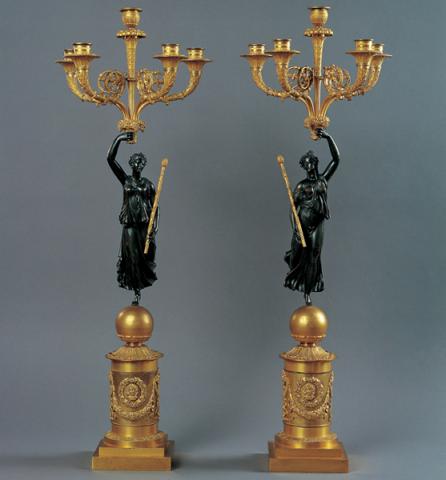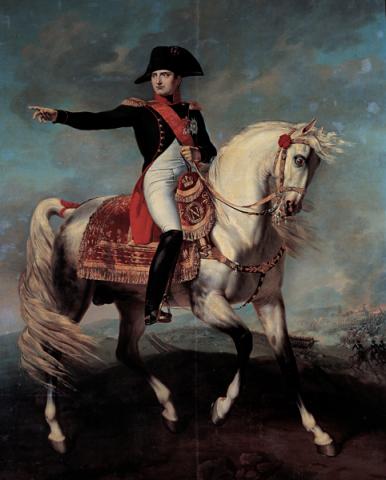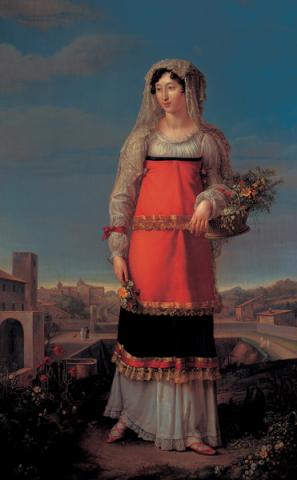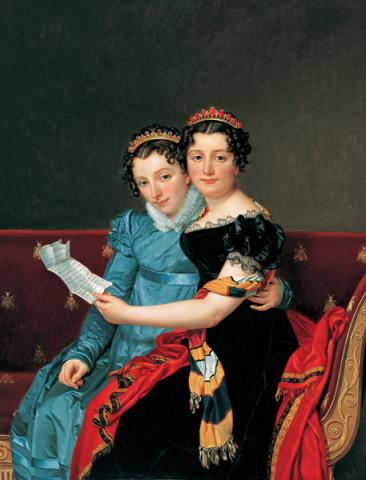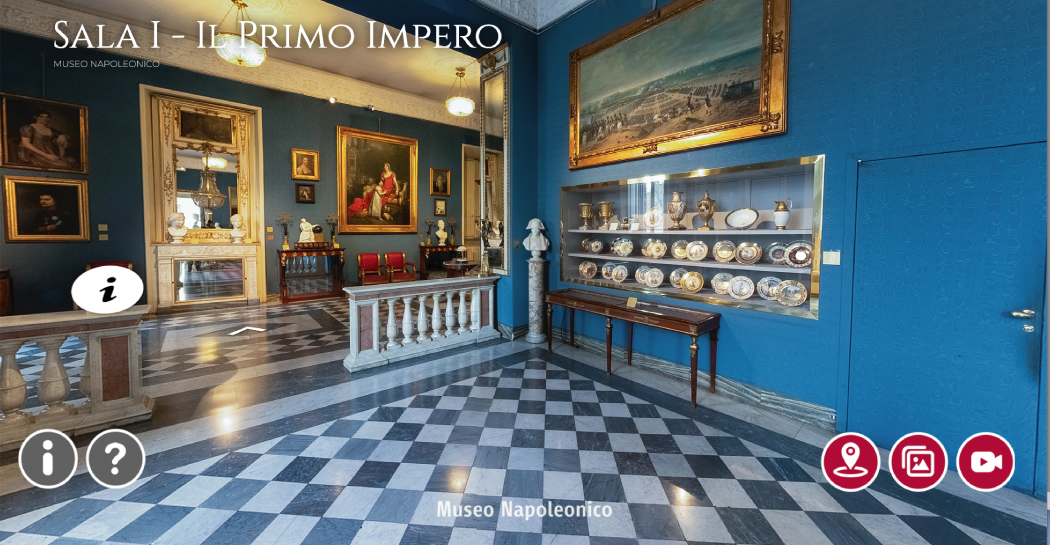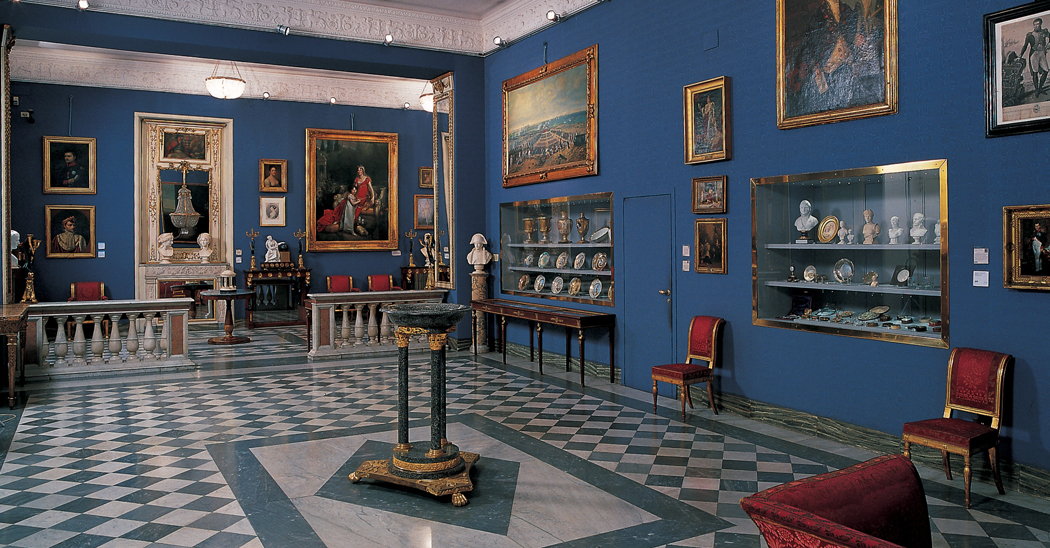Biographical sketch of Giuseppe Primoli
Count Giuseppe Primoli was descended on his mother’s side from Lucien Bonaparte, Napoleon’s brother. Luciano was considered the founder of the “Roman branch” of the Bonapartes, in that he had established himself at Rome in 1805, when his disagreements with Napoleon forced him to retire from Paris and public life.
Giuseppe Primoli was born in Rome in 1851 from the marriage of Pietro Primoli to Carlotta Bonaparte. Carlotta dai Bonaparte had a doube descent from the Bonapartes: her father Carlo Luciano, Prince of Canino, was Luciano’s son, while her mother, Zenaide Bonaparte, was the daughter of Joseph King of Naples and subsequently of Spain.
A cultured man, passionate bibliophile, and a talented photographer, Giuseppe Primoli lived between Rome and Paris and had close contact with the literary and artistic circles of both cities. He lived in Paris from 1853 to 1870; he graduated in law and underwent his cultural education in the intellectual salons of his aunt Matilde Bonaparte and Giulia di Roccagiovine. Without doubt his friendship with Théophile Gautier, a close friend of Princess Matilde, was crucial. Gautier was the first to guide the young Count in the ways of the arts. In the lively and stimulating Parisien atmosphere he assorbed a taste for and pleasure in a life interwoven with the literary world and the years he had spent in France, rudely interupted by the fall of the Second Empire in 1870, took on an almost mythical importance in his memory. Primoli returned to Rome in 1870 and started to deepen his knowledge of contemporary Italian culture: he became acquainted with writers and journalists such as Boito, Giacosa, la Serao, D'Annunzio and the editorial staff of papers such "Fracassa", "Fanfulla della Domenica" and "Cronaca Bizantina", which at that moment were the dynamic melting pot for the new generation of italian intellectuals.
Throughout his life he felt the heritage of his Bonaparte heritage deeply, coming close to paying cult to his maternal family. Early on he developed the idea of writing the secret history of the Bonaparte family, for which he collected a significant documentation of both papers and oral traditions. Subsequently he dedicated his energies to creating the extraordinary collection that now makes up the Napoleonic Museum. On the ground floor of his Roman residence he combined works of art, momentos, relics, and objects connected to the history of the Bonaparte family which he collected with a passion through the antiquities market and added to the outstanding nucleus he already owned through his family inheritance. The aim which inspired Primoli in his research and his collecting, and which moreover contributes greatly to the interest and beauty of the museum, was to document not so much the Napolenic epoch, as the private history of the Bonaparte family.
«(…) The current lay out of the museum, the result of recent restoration work to the rooms, roughly reflects the indications left by Giuseppe Primoli. After the Count’s death the ultimate arrangements were entrusted to Diego Angeli, who was connected to the deceased by an old friendship. It has seemed appropriate, however, to conserve the original order as far as possible, in that this itself constitutes an interesting document of the taste of the period. The rationalisation of the original display has therefore been prefered, rather than a radical transformation which, although it might seem an exciting enterprise, would, however, diminish the subtle beauty of such an unusual museum (…) The image of the Bonapartes is recreated here in the small private portraits, more than it is in the rigid convenzionalism of the official portraits, promoted on a vast scale by Napoleon after his imperial consacration. The former, created in various materials – oils, watercolours, wax models and miniatures, by the greatest artists of the age, allow a different use of the portrait, as a gift or momento to brought into an intimate domestic environment and enjoyed there. Thus, passing from room to room, one can follow the succesive marriages, births, and emotional relationships, read from their faces the signs left by the passing of time and the events suffered in their lives, and learn about their personalities and characters. And, as well as their physical images pure and simple, the figures, even those who were not the most important in the Bonaparte family, emerge with their individual circumstances, tastes, preferences, loves and stories, through the rich variety of the material kept in the museum. From paintings to sculptures, furniture of objects of daily use, precious smoking paraphenalia to momento albums, drawings to jewels, books to clothes, every single object takes on a possible double meaning: both as evidence of the art and taste of an historical period, and as a fragment of fmaily history. In this context, the presence of objects widely various in both type and quality acquires its own particular and happy balance. Their harmonious fusion, far from creating dissonance and contrasts, rather allows a freer game of analogies, references and associations.»
(Maria Elisa Tittoni from the Napoleonic Museum, curated by L. Capon; introduction by Maria Elisa Tittoni. Roma, Palombi, 1986)


























